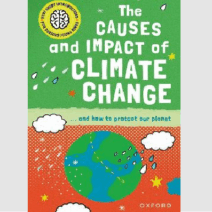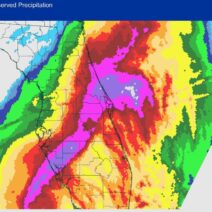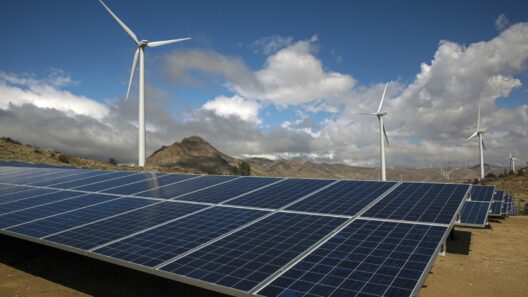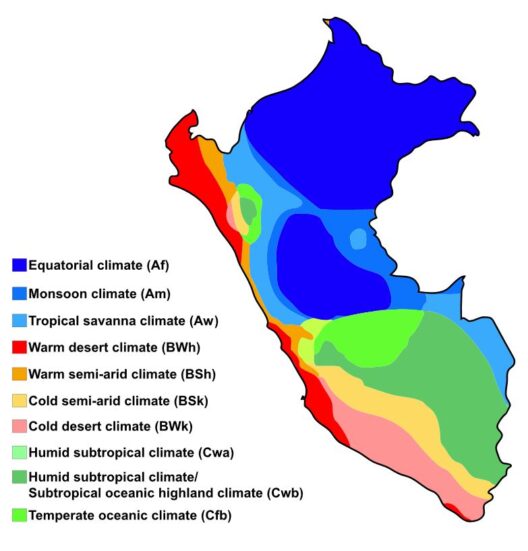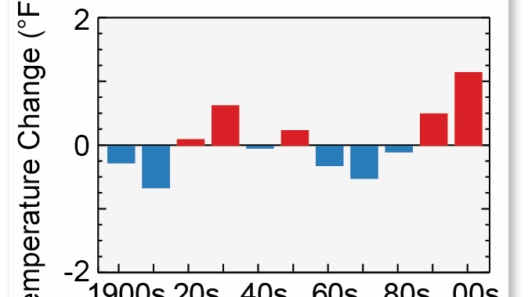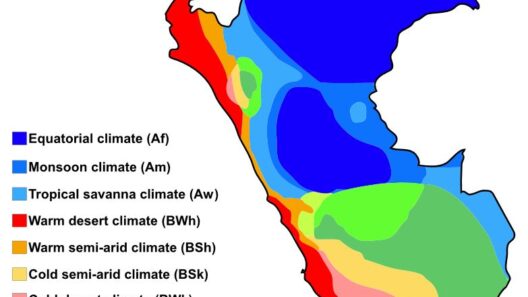Imagine standing at the edge of a pristine beach, the rhythmic sounds of crashing waves mingling with the gentle whisper of the wind. The sun casts a warm golden hue over the landscape, while the fragrant air carries hints of salt and sun-dried herbs. This picturesque scene epitomizes Southern California’s climate: a region where surf, sun, and desert air coexist harmoniously. But what exactly constitutes the climate in this diverse area, and what challenges lie ahead in preserving its unique environment?
Southern California is characterized predominantly by its Mediterranean climate, typified by mild, wet winters and hot, dry summers. A unique confluence of geographical features, including the Pacific Ocean and the Sierra Nevada mountain range, contributes to this climatic phenomenon. Coastal areas experience moderate temperatures, with ocean currents acting as a buffer against extreme heat. Inland regions, however, often see temperature variances that can be quite dramatic. Here, desert air infuses the atmosphere, particularly in areas such as the Coachella Valley.
The coastal zones, particularly Los Angeles and San Diego, benefit from the Pacific Ocean’s moderating influence. The ocean absorbs heat during the day, releasing it slowly during the cooler nighttime hours. This effect leads to a more temperate environment, with average temperatures typically ranging from the low 60s°F (15°C) in winter to the high 80s°F (27°C) in summer. The proximity to the ocean also results in more humidity, especially in the morning, creating a refreshing atmosphere ideal for outdoor activities.
As we venture inland, the landscape morphs dramatically, and so does the climate. The transition from the lush coastal environment to the arid desert surrounding regions is striking. Areas such as Palm Springs exhibit this desert climate, marked by scorching summer temperatures that can soar into the 100s°F (over 38°C). Winters are mild, but precipitation is sparse, leading to a dry environment that can be inhospitable to many forms of life without adaptation.
A peculiar feature of Southern California’s climate is the phenomenon of “microclimates.” These small-scale variations occur due to differences in elevation, proximity to the ocean, and urbanization. For instance, a beachside community can have a radically different temperature and weather pattern compared to the nearby mountainous areas. Urban regions often experience the “urban heat island” effect, where human activity and concrete structures lead to higher temperatures than in surrounding natural landscapes.
However, what does this mean for the flora and fauna that inhabit Southern California? The region is home to an astonishing diversity of plant and animal species, many of which are specially adapted to survive in these climatic conditions. From the iconic Joshua tree found in the Mojave Desert to the vibrant coastal wildflowers, biodiversity thrives here. But can such richness withstand the pressures of climate change?
One of the most pressing challenges facing Southern California is the increasing frequency and intensity of droughts. With projections indicating a rise in temperatures and a decline in precipitation, the delicate balance of the region’s ecosystems is at risk. As water resources dwindle, competition among species intensifies. Moreover, invasive species can thrive in these altered conditions, further threatening native biodiversity.
The escalating wildfires, exacerbated by prolonged dry seasons, pose another formidable challenge. Natural areas previously resilient to fire-tolerant adaptations are increasingly overwhelmed. As temperatures soar, the fire season extends, transforming once-familiar landscapes into charred remnants. This cycle not only endangers wildlife but also impacts air quality and human health, prompting new questions about sustainable practices in fire management.
Moreover, Southern California is situated along the fault lines of multiple tectonic plates, exposing the region to the risks of earthquakes. The combination of geological instability and changing weather patterns raises concerns about the resilience of infrastructure and human settlements. How can cities adapt to both the imminent threats of natural disasters and the long-term impacts of climate change?
In response to these challenges, significant strides are being taken towards sustainability and conservation. Local governments and organizations are working diligently to implement water conservation strategies, enhance green infrastructure, and promote sustainable agriculture. Community awareness campaigns strive to engage residents in environmental stewardship, encouraging practices like native landscaping, which not only reduce water consumption but also support local ecosystems.
As we ponder the climate of Southern California, it becomes apparent that the region’s allure is not without its complexities. The interplay of surf, sun, and desert air creates a captivating yet precarious balance. Will this cherished environment endure the multifaceted challenges posed by climate change? Or will we collectively rise to the occasion, safeguarding the unique landscapes and living organisms for generations to come?
Ultimately, the story of Southern California—a narrative rich in natural beauty and stark realities—demands our attention and action. The sea, the sun, and the earth call upon us to embrace our role as caretakers of this extraordinary climate, ensuring that it remains a vibrant tapestry of life, even amidst the uncertainties of the future.
